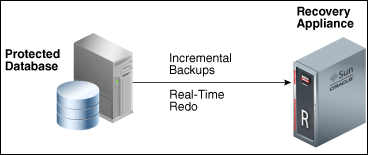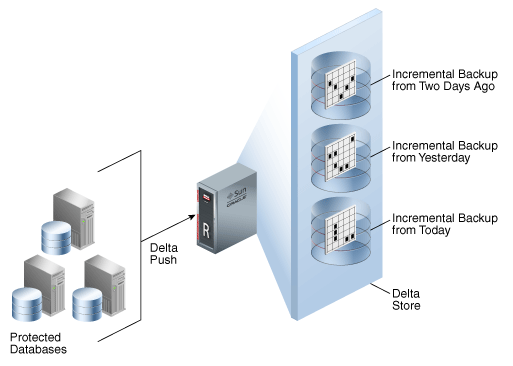Real-time redo transport is the feature that allows you to reduce to zero the RPO (Recovery Point Objective) for your database. Check how to configure real-time redo, the steps, parameters, and other details that need to be modified to enable it.
The idea behind real-time redo transport it is easy, basically the ZDLRA it is a remote destination for your redo log buffers/archivelogs of your database. It is really, really, similar to what occurs for data guard configurations (but here you don’t need to set all datafiles as an example). It is not the same too because ZDLRA can detect if the database stops/crash and will generate the archivelog (at ZDLRA side) with all the received redo and this can be used to restore to, at least zero/sub-seconds, of data loss.
Using real-time redo it is the only way to reach RPO zero. With other features of ZDLRA, you can have a better backup window time (but just that) using incremental backups. Just using real-time redo you reach zero RPO and this impacts directly how to configure for MAA compliance. There are a lot of options and level of protection for MAA that you can check at “Maximum Availability Architecture (MAA) – On-Premises HA Reference Architectures 2019”, “Maximum Availability Architecture Best Practices for Oracle Cloud”, “Oracle MAA Reference Architectures”, “Maximum Availability Architecture – Best Practices for Oracle Database 19c”.
This post starts from one environment that you already enrolled in the database at ZDLRA. I already wrote about how to do that, you can check here in my previous post. This is the first post about real-time redo, here you will see how to configure and verify it is working.

